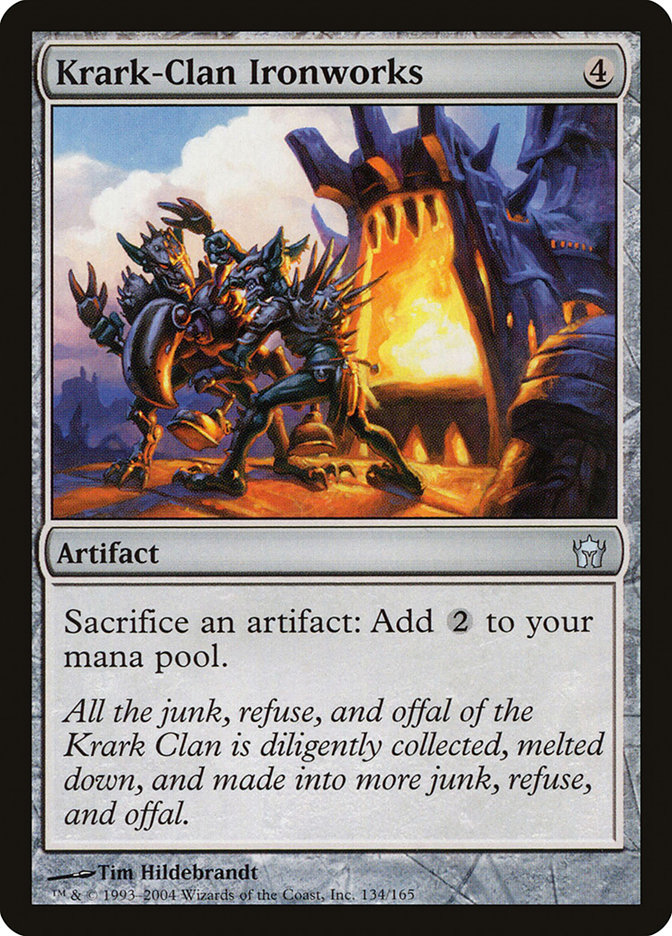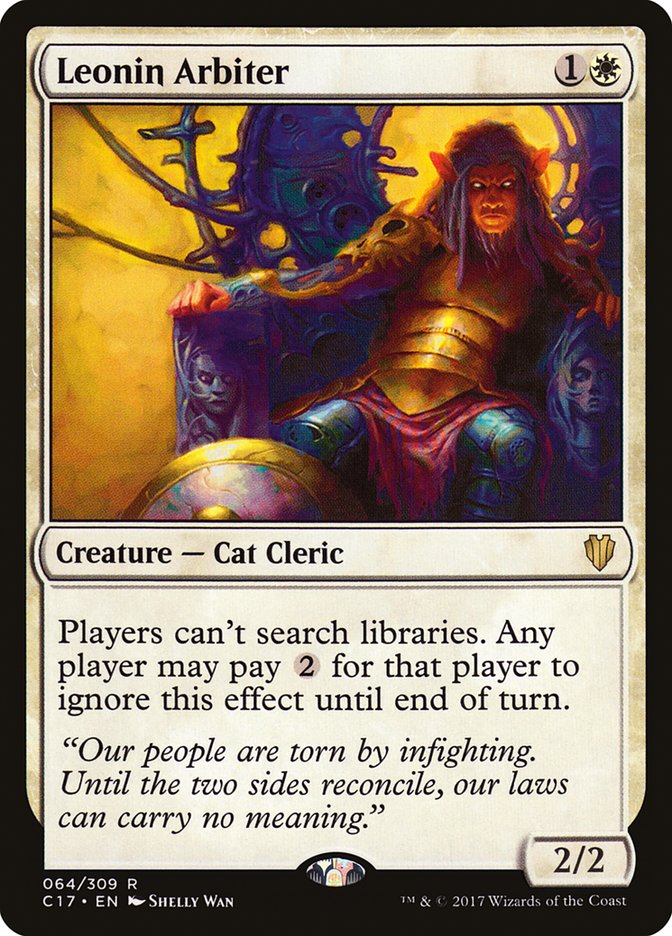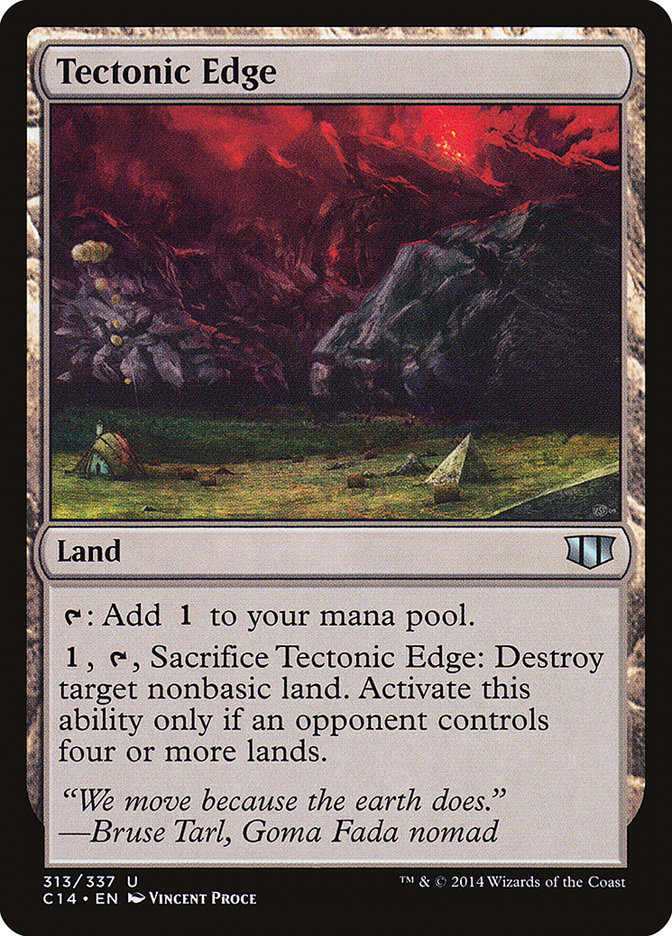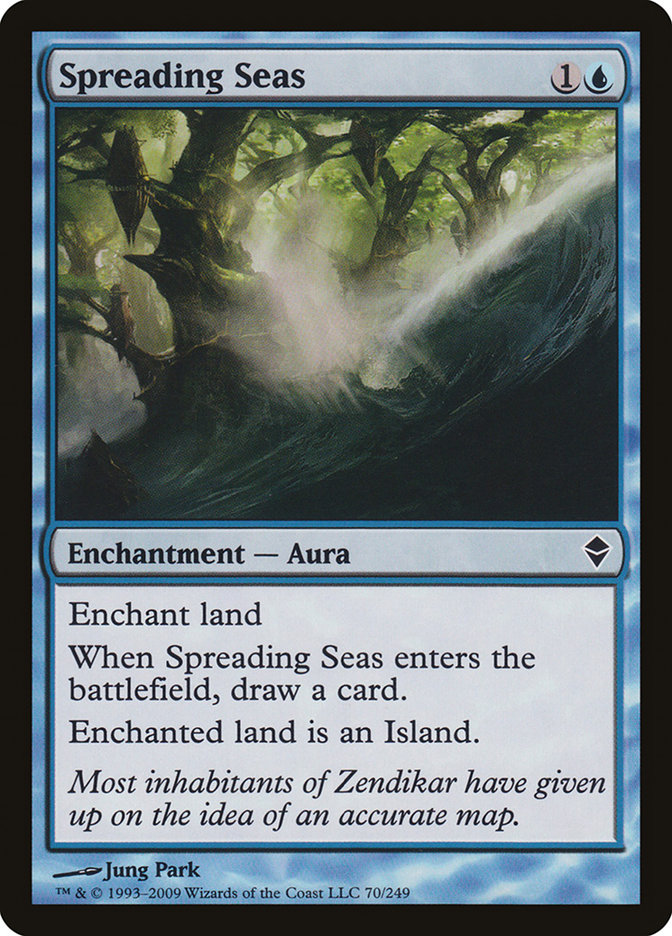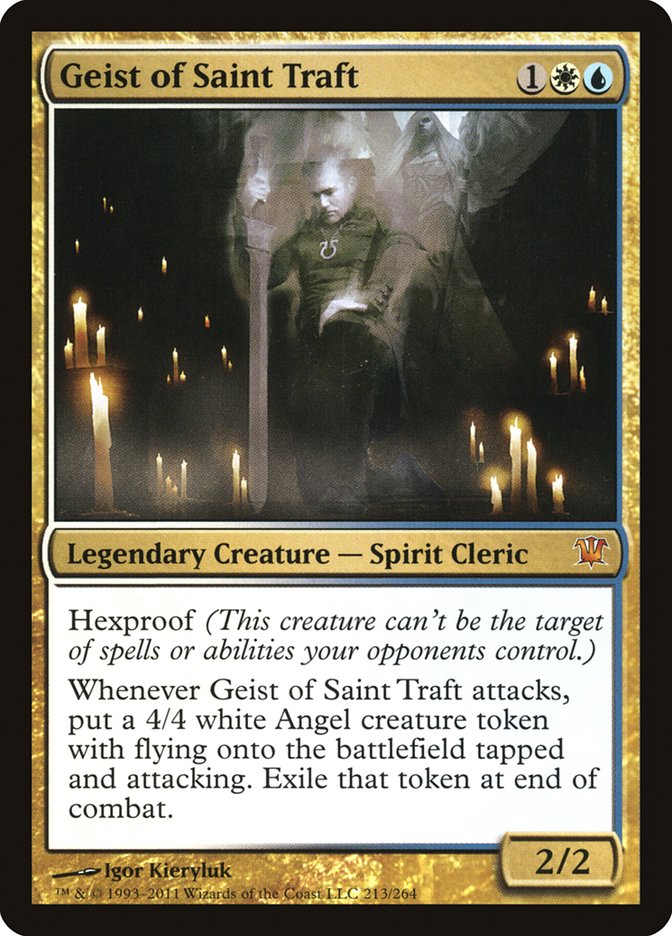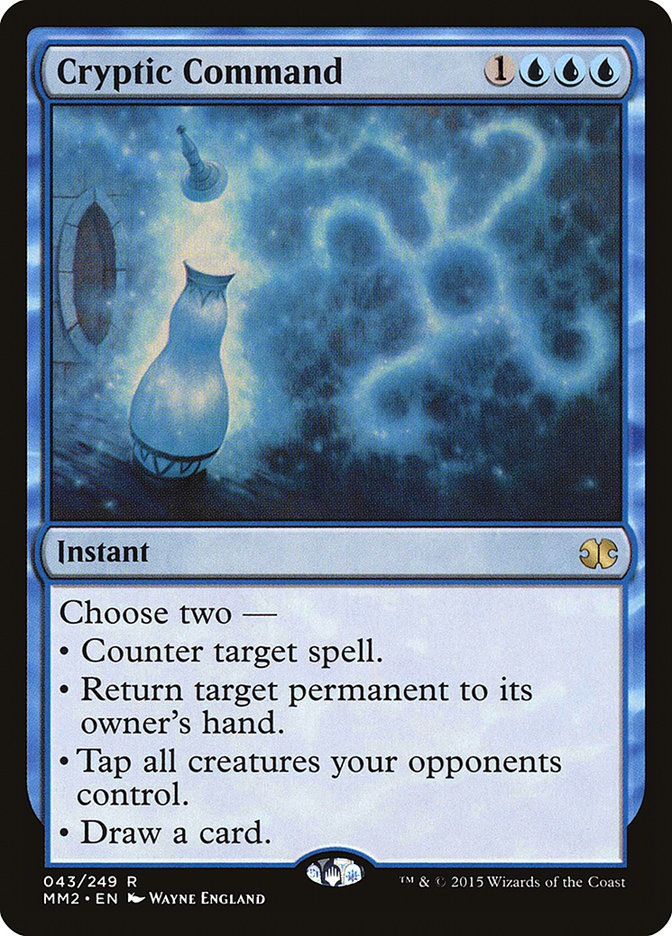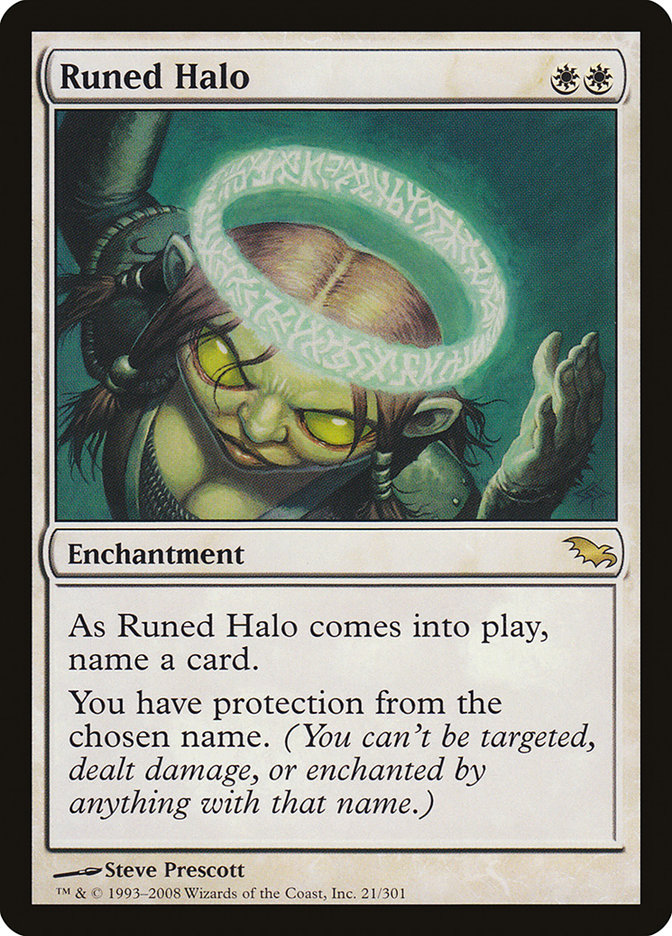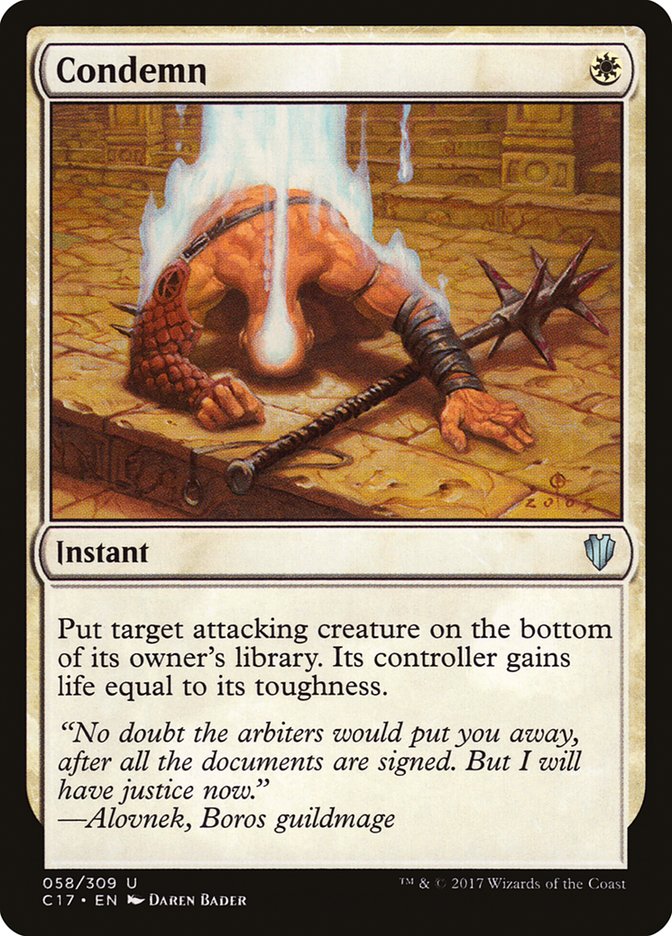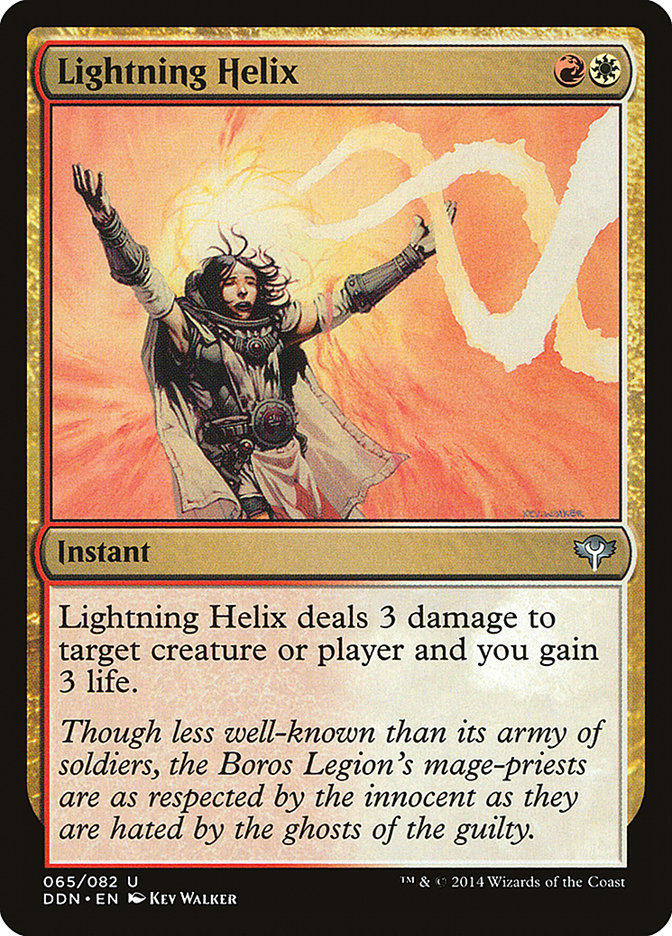I was able to participate in Richmond last weekend as the SCG Tour moved through my neck of the woods. Modern was beginning to grow on me because of my promising results on Magic Online with U/W Control. Sadly, online success doesn’t translate to live often enough. The metagame online is widely different, featuring many combo decks that are not very popular in paper Magic.
There are other trends as well that I’ve noticed after extensive play, seeing lower numbers of Grixis Death’s Shadow, Collected Company, Eldrazi Tron, and any deck that requires a ton of clock time (such as Ironworks Combo) on MTGO. This doesn’t mean you won’t face them once or twice in a League, but in live play, these perceived “best decks” of Modern are higher in number.
I played one League with Ironworks Combo and nearly timed out every round due to the nature of the combo. I’ve also defeated multiple Collected Company decks after they failed to gain arbitrarily large life, because it isn’t possible online. These are some of the reasons why older formats are not represented accurately online and success rates have to be taken with a grain of salt.
As I prepared for the Modern event in Richmond, I debated the merits of Jeskai Control versus U/W Control. I’ve always leaned heavily toward U/W Control because of the beautiful manabase. Damage from lands, the risk of playing against a Death and Taxes strategy, and even the card Blood Moon punish players that attempt to toss a third color in their control deck.
This penalty doesn’t affect aggressive or midrange players as much. These mages care little about their life total or play high-impact spells early in the game that force opponents to be reactive. Control decks do not have those luxuries, which puts the pressure on them to keep a healthy life total, stable manabase, and fortunate draws to line answers up with threats.
We saw two Jeskai Control decks do well last weekend, but no U/W Control decks break the Top 16. I was also easily dispatched after a decent start by what I considered good matchups at the time. Two of my losses actually came from drawing too many colorless sources at key times, which didn’t occur very often in testing. Tectonic Edge and Ghost Quarter have become staples in decks that run four copies of Spreading Seas, because these control decks are able to play the mana denial game as a proactive strategy. I defeated G/R Tron as well as Eldrazi Tron by stripping away the effects of their respective manabases.
The rest of the tournament, however, I was unable to gain much advantage from that package. There is a chance that the G/R Tron and TitanShift-heavy online metagame warped my understanding of how ineffective these four copies of Spreading Seas can be. The matchups where they prevent opponents from casting spells are great, but the cantrip attached creates an illusion of “low cost” in other matchups.
That simply isn’t the case. I used them against Grixis Death’s Shadow, Living End, B/W Eldrazi, and Death and Taxes with a near-zero effect. The result of me having these sorcery-speed two-mana cantrips in my deck was catastrophic. Think Twice would have been better in nearly every scenario, which makes me heavily question the power of U/W Control as a whole.
Let’s take a look at the two Jeskai Control lists, and my list from Richmond.
Creatures (4)
Planeswalkers (1)
Lands (25)
Spells (30)

Creatures (11)
Lands (24)
Spells (25)

Creatures (3)
Planeswalkers (5)
Lands (25)
Spells (27)
- 1 Mana Leak
- 4 Serum Visions
- 2 Condemn
- 2 Spell Snare
- 2 Logic Knot
- 3 Cryptic Command
- 1 Negate
- 4 Path to Exile
- 4 Spreading Seas
- 3 Supreme Verdict
- 1 Detention Sphere
Sideboard

The Jeskai Decks
These two decks may share manabases and spell selection, yet they are very different from one another.
Benjamin’s take on Jeskai Control is reminiscent of the classic strategy. He uses the most powerful Jeskai spells, but has a Supreme Verdict backup. Decks that are built in this way tend to stay away from creatures that die to the sweeper, which explains his one copy of Torrential Gearhulk as the lone haymaker. Casting a Torrential Gearhulk in Standard can be backbreaking, but that play pales in comparison to reusing Cryptic Command, tapping the opponent’s creatures, drawing a card, and untapping with potentially nine power (with a single Celestial Colonnade). Usually one attack from a control mage isn’t relevant, but Jeskai breaks that stereotype.
Unlike in U/W Control, the removal is rarely dead from Jeskai Control, with many of the spells going to the face. This creates multiple avenues of victory that a control deck without red doesn’t have. Many games, especially against Death’s Shadow, come down to a couple of Lightning Bolts, a Snapcaster Mage, and one attack step. This is part of the format’s allure: all the mana freedom you can ask for, but with a bit of damage to balance it out. Jeskai Control joins the aggressive club in that regard, punishing opponents who deal themselves a lot of damage. My good buddy Brian Braun-Duin lost twice to Jeskai Control with his Grixis Death’s Shadow deck in a similar fashion to what was just described.
Jonathan’s Jeskai Control deck is even more punishing. There are few people in the world who hate Geist of Saint Traft as much as I do. That abomination tormented me in Standard until its rotation, so I have little love lost for the unkillable nuisance. Just like many players were forced to do, I ran a few Phantasmal Images with the hope of “legend ruling” it, as could happen in those days.
The card is still very powerful today, and just as hard to kill now as it was then. For this reason, I would chose Jonathan’s Jeskai Control deck to battle with if I were to pick up a control deck in Modern again. This version teeters the line between control and midrange, running a healthy creature package, low mana count, and only punishing spells.
It brings joy to my heart when I see all of the best Modern control decks running multiple copies of Logic Knot. For those who have followed my work for quite some time, you know that Logic Knot is a card I have championed for years. It is much better than Mana Leak the vast majority of the time and I believe it’s criminally underplayed. In a three-color control deck with a healthy portion of spells and fetchlands, I believe that three is the correct number for what is effectively Counterspell. I ran two in my version of U/W Control because I didn’t have the requisite number of those two things.
Cryptic Command is another staple in all three of these control decks listed, but it is especially powerful in Jeskai Control. Often I find myself tapping down threats repeatedly in U/W Control, but I’m unable to punish opponents during my combat step; they are at too high a life total, I have no pressure, or a combination of both. Jonathan and Benjamin both have the ability to reduce a life total to a threatening level, with Jonathan having the edge of additional pressure.
There are many other similarities between the two Jeskai Control lists, but some of these I would change. There is no way I am packing Elspeth, Sun’s Champion into my 24-land control deck with only Serum Visions as an early cantrip. Benjamin’s list has Think Twice and 25 lands, which makes it the perfect home for the powerful planeswalker. I would look into using cheaper planeswalkers when the mana count and cantrips are low.
My only other qualms with the lists are other sideboard choices that I think are underpowered, or unnecessary. Cards like Runed Halo and Disdainful Stroke, I have tested into the ground. Runed Halo is an obvious card that has gained popularity from U/W/X decks and prompts Scapeshift-based decks to bring in Destructive Revelry. Bringing in additional countermagic is the best way to combat these combo decks, control mirrors, and burn decks all in one. Temporary solutions like Leyline of Sanctity and Runed Halo are glass shields that end up costing you the game or are too narrow to bring in versus other matchups.
Disdainful Stroke is a very weak option for Modern. There are far too many good options for blue counterspells and I would cut this immediately.
Condemn is a card that I wouldn’t leave home without in any U/W/X deck, as it’s one of the best answers to Grixis Death’s Shadow. There is no worse feeling than having to Path to Exile on turn 2, and Condemn handles a Tasigur, the Golden Fang cleanly while giving them life back. Outside of some sideboard configuration, I love both lists and wouldn’t fault anyone for choosing the more controlling version, even if I prefer to battle with the evil Geist of Saint Traft.
These two Jeskai Control success stories from Richmond reaffirm my concern with a simple U/W Control strategy. Even though my deck has beaten up on online opponents who chose to use greedy manabases, I believe that the success to live magic success in Modern is to be more proactive toward the life total. Mana denial can work against a portion of the Modern metagame, where attacking life totals with early burn, backed by powerful creatures and spells, is effective against the majority of players.
Another dynamic of Jeskai Control is how difficult it is to play against. The ability to throw two burn spells and a Snapcaster Mage at an opponent during the end step is a scary possibility that has to be respected. There was a level of calm my opponents showed while playing against my tap-out U/W Control deck, easily casting their spells through Spreading Seas and punishing me when I was forced to use them to hit my land drops.
Lightning Bolt has been out of favor in Modern, but while my opponent played two Dark Confidants against me, I would have given my entire hand away for just one. Lightning Bolt may not have the power to kill a large creature, but it does have the power to kill a player. That makes it strong enough to warrant slots in a control deck. I doubt I will ever sleeve up just U/W Control in any Modern event again. The third color is just that important, whether it is black for Lingering Souls, hand disruption, and Fatal Push, or red for the reach and lifegain. I suggest learning from my stumble here and switching to a strategy that may look riskier from a mana perspective but is more powerful in the end.


